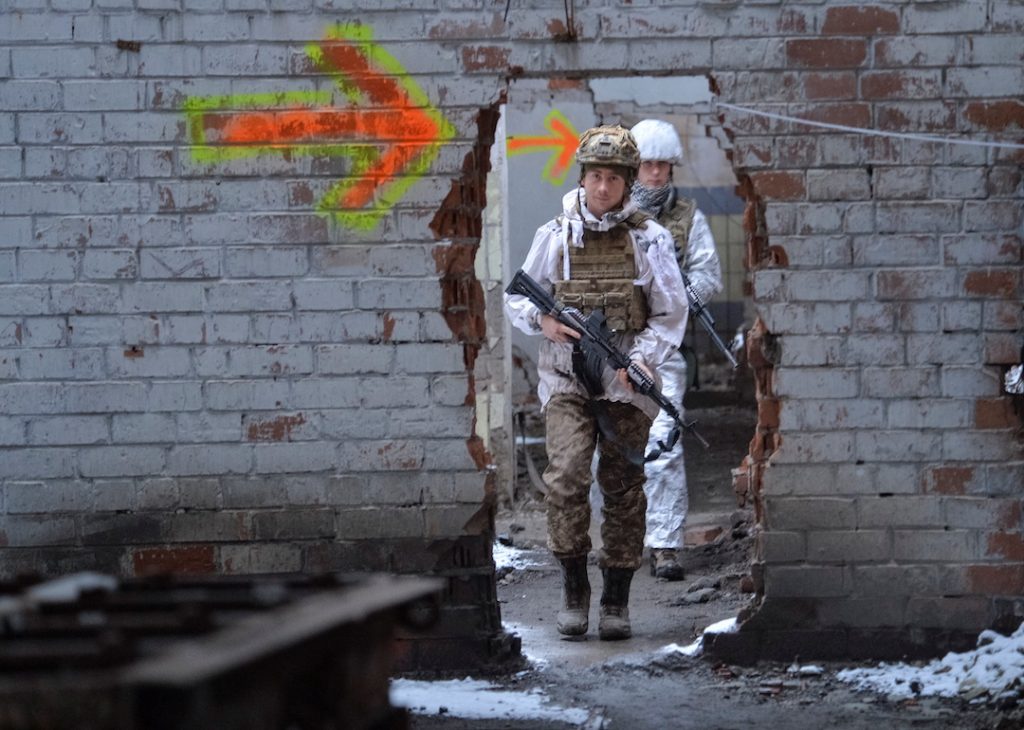Abstract
Natural resources have long been at the heart of human survival, economic prosperity, and geopolitical power. From ancient disputes over fertile land and water to modern-day rivalries over oil, natural gas, and rare earth minerals, competition for resources continues to fuel conflicts across the globe. This paper examines how natural resource scarcity, abundance, and unequal distribution shape global conflicts. Through a multi-dimensional analysis of theory, history, and contemporary case studies, it demonstrates that resource competition is not merely about material wealth but also about sovereignty, identity, and security. The study concludes with reflections on governance mechanisms and international cooperation as pathways to mitigate resource-related tensions.
Introduction
Resources—be they land, water, oil, or minerals—are the foundation upon which societies are built. As populations expand and economies grow, the demand for these finite resources increases, exacerbating competition. This competition has historically translated into conflict, either directly through wars or indirectly through political instability and social unrest.
In the 21st century, globalization and technological innovation have changed the nature of these struggles, yet the essence remains the same: control over resources equates to power. The Middle East’s oil politics, Africa’s mineral wealth, and disputes over transboundary rivers illustrate how natural resources remain at the core of geopolitics. This paper seeks to explore the mechanisms through which natural resources fuel tensions, considering theoretical frameworks, historical perspectives, and contemporary dynamics.
Theoretical Frameworks on Resource Conflicts
1. Resource Curse Theory
The “resource curse” suggests that countries rich in natural resources often experience slower economic growth and more conflict due to corruption, rent-seeking, and weak institutions.
2. Neo-Malthusian Perspective
As resources diminish due to population growth and environmental stress, the competition for survival intensifies, potentially escalating into violent conflict.
3. Political Ecology Approach
Resource conflicts are not only about scarcity but also about governance, inequality, and power relations in society.
Historical Perspectives
Ancient and Pre-Modern Conflicts
- Control of fertile land in Mesopotamia and Egypt led to wars between early civilizations.
- Water disputes along the Nile and Euphrates rivers highlight the ancient roots of hydro-political struggles.
Colonial Era Resource Exploitation
- European colonization of Africa and Asia was fueled by the extraction of minerals, spices, and agricultural products.
- Competition among colonial powers often triggered wars both in Europe and overseas.
Cold War Resource Politics
- Oil played a central role in Cold War alignments.
- Proxy wars in Africa and the Middle East were frequently tied to resource interests.
Contemporary Case Studies
Case 1: Oil and Conflict in the Middle East
Oil remains one of the most strategically valuable resources. The Gulf Wars, tensions over the Strait of Hormuz, and regional rivalries (e.g., Saudi Arabia vs. Iran) are tied to oil production, pricing, and control of transportation routes.
Case 2: Water Scarcity in the Nile Basin
Egypt, Sudan, and Ethiopia are engaged in disputes over the Grand Ethiopian Renaissance Dam (GERD). Water scarcity, climate change, and national interests intersect to fuel tensions that could destabilize the region.
Case 3: Rare Earth Minerals in Africa
The Democratic Republic of Congo (DRC) holds vast deposits of cobalt and coltan—crucial for smartphones and electric vehicles. Competition among domestic militias, multinational corporations, and foreign governments has fueled violence and instability.
Case 4: South China Sea Disputes
Beyond territorial sovereignty, the South China Sea is rich in oil, gas, and fisheries. Resource competition intensifies geopolitical rivalries between China, ASEAN nations, and the United States.

Mechanisms Through Which Resources Fuel Conflicts
- Economic Dependence
Resource-dependent economies become vulnerable to price fluctuations, often leading to instability. - Rentier States and Governance Issues
Resource wealth can entrench authoritarian regimes, increasing the risk of civil unrest. - Environmental Stress and Climate Change
Resource depletion exacerbated by climate change (e.g., desertification, droughts) increases the likelihood of violent competition. - Identity and Sovereignty
Resource disputes often become tied to national identity, further escalating tensions.
The Role of Globalization and Technology
- Global Supply Chains: Modern industries rely on rare earths and fossil fuels, linking local conflicts to global markets.
- Energy Transition: The shift from fossil fuels to renewables creates new forms of competition, particularly over lithium and cobalt.
- Technological Asymmetry: Nations with advanced extraction or military technology gain disproportionate leverage in resource competition.
Governance and Conflict Mitigation
International Legal Frameworks
- The UN Convention on the Law of the Sea (UNCLOS) helps regulate maritime resource disputes.
- The 1997 UN Watercourses Convention seeks to promote fair water-sharing practices.
Regional Cooperation Mechanisms
- Nile Basin Initiative (Africa) aims to foster dialogue over water use.
- OPEC manages oil production levels to stabilize markets, though not without controversy.
Corporate Responsibility and Transparency
- Initiatives like the Extractive Industries Transparency Initiative (EITI) attempt to reduce corruption and improve governance.
Discussion: The Paradox of Resources
Natural resources can both fuel conflict and foster cooperation. While abundance often sparks greed and corruption, scarcity can drive innovation and negotiation. The paradox lies in how institutions, governance, and international norms mediate resource competition.
Conclusion
Competition over natural resources is a timeless driver of global conflicts. From the fertile crescent to the South China Sea, resources remain intertwined with power, identity, and survival. In the 21st century, as climate change accelerates and demand for strategic resources grows, the potential for conflict remains high. Yet, with robust governance, international cooperation, and sustainable practices, resources could shift from a source of division to a foundation for global peace.
The challenge is not only about managing scarcity but also about managing human ambition, greed, and fear. Ultimately, whether resources fuel war or peace depends less on geology and more on humanity’s capacity for cooperation.
















































